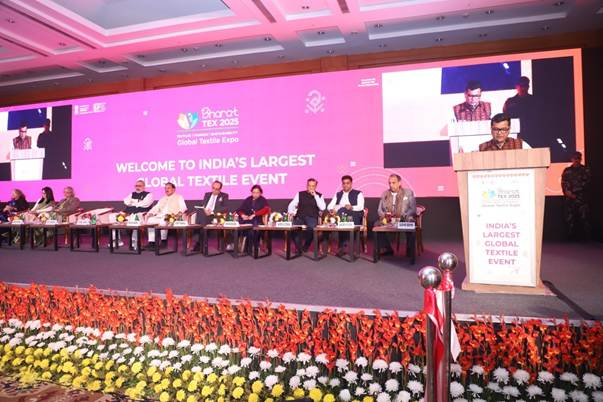Uttar Pradesh Switch to Hindi
Exhibition on Dyes, Chemicals and Handicrafts
Why in News?
Recently, an exhibition on handicrafts, dyes and chemicals and garment technology was organised at India Expo Centre and Mart in Greater Noida .
Key Points
- About the event:
- The exhibition was organized under Bharat Tex 2025 , while the mega event was held at Bharat Mandapam , New Delhi from 14th to 17th February 2025 .
- This exhibition will promote overall growth and competitiveness of the industries through new business opportunities, performance excellence, sustainability and innovation.
- The events were centered on four major themes:
- Garment Technology Expo (GTE) 2025 - Showcasing cutting-edge machinery, processes and solutions.
- Dyechem World Bharat Tex 2025 - Exhibition focused on nature friendly dyes, chemicals and raw materials.
- Handmade Products Exhibition - Exhibition of handmade textiles.
- India Sourcing Conclave (ISC) - Conference organised by Sourcing Consultants Association.
Uttar Pradesh Switch to Hindi
17th Foundation Day of NSSTA
Why in News?
National Statistical System Training Academy (NSSTA) celebrated its 17th Foundation Day on 13th February 2025.
Key Points
- Venue:
- The day was celebrated at Mahalanobis Auditorium, NSSTA, Greater Noida, Uttar Pradesh.
- Theme:
- Its theme was “Empowering Governance through Statistical Excellence – 17 Years of Capacity Building and Collaboration” .
- Objective:
- Equip statisticians and field officers with advanced methodologies, ensure high-quality data collection, and support evidence-based policy making.
.jpg)
National Statistical System Training Academy (NSSTA)
- Introduction:
- Located in Greater Noida, Uttar Pradesh, this institute is an important training institute under the Ministry of Statistics and Programme Implementation.
- It was established in January 2009.
- Objective:
- Its main objective is to strengthen the statistical system in India and promote statistical capacity building.
- Under this, training is given to central and state government officials, researchers, academicians and other concerned persons.
- Importance:
- Makes government officials and statisticians skilled in data collection and analysis.
- Familiarizes trainees with the latest techniques and methods in the field of statistics at national and international level.
- Helpful in encouraging new research related to statistical science and ensuring effective use of data in government schemes.
- Promotes statistical training and research in collaboration with various national and international organisations.
Uttar Pradesh Switch to Hindi
Action on Misleading Video of Maha Kumbh
Why in News?
Uttar Pradesh Police has taken strict action against the misleading video being shared on social media regarding Mahakumbh 2025.
Key Points
- About the issue:
- Action has been taken against 53 social media accounts in the last one month.
- Through these accounts, false information and misleading videos related to Maha Kumbh were posted.
- On the instructions of the Chief Minister, the police and cyber agencies are keeping an eye on these fake news, so that such misleading information can be stopped from spreading.
- https://drishti.xyz/uppcs-eng-fn-web-bannerEffects on people:
- Due to the videos an attempt was made to spread false and misleading information.
- The effect of this misinformation creates confusion and fear in the minds of people. An atmosphere of tension and insecurity is created in the society.
.jpg)
Laws Related to Social Media and Fake News
- It is noteworthy that social media platforms in India already fall under the purview of the Information Technology (IT) Act, 2008.
- Although there is no specific law to stop fake news in India. But there are many organizations in India, which work in this regard.
- The Press Council of India is one such regulatory body that can warn newspapers, news agencies and their editors if it is found that they have violated the principles of journalism.
- The News Broadcasters Association (NBA) represents private television news and current affairs broadcasters and investigates complaints against them.
- The Broadcasting Content Complaints Council (BCCC) accepts and investigates complaints against TV broadcasters for objectionable TV content and fake news.

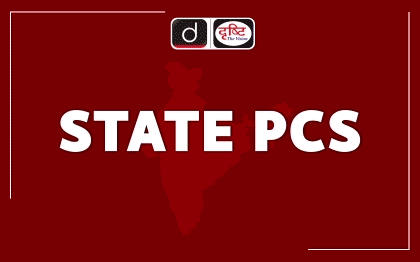


%20MPPCS%202025%20Desktop%20E.jpg)
%20MPPCS%202025%20Mobile%20E%20(1).jpg)

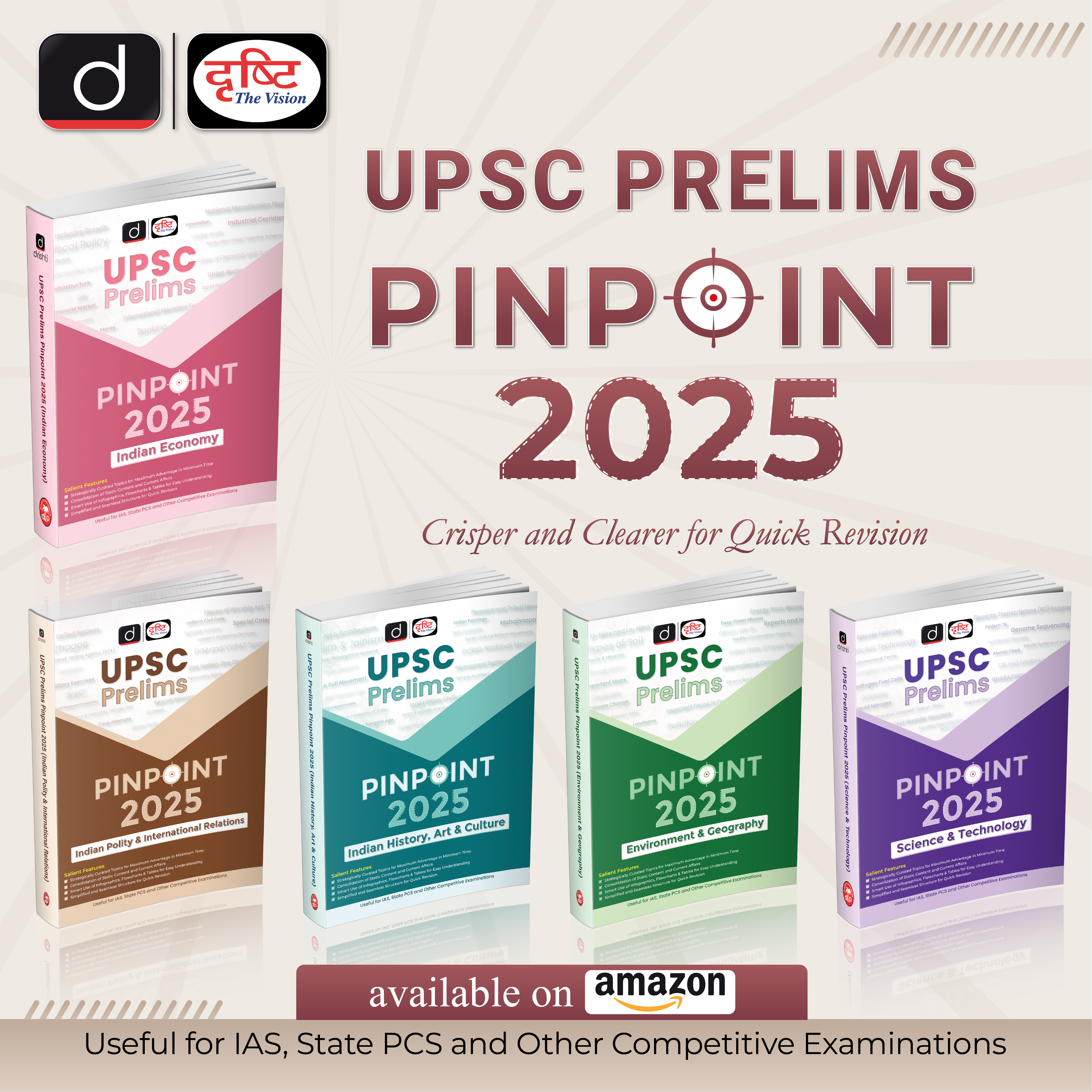







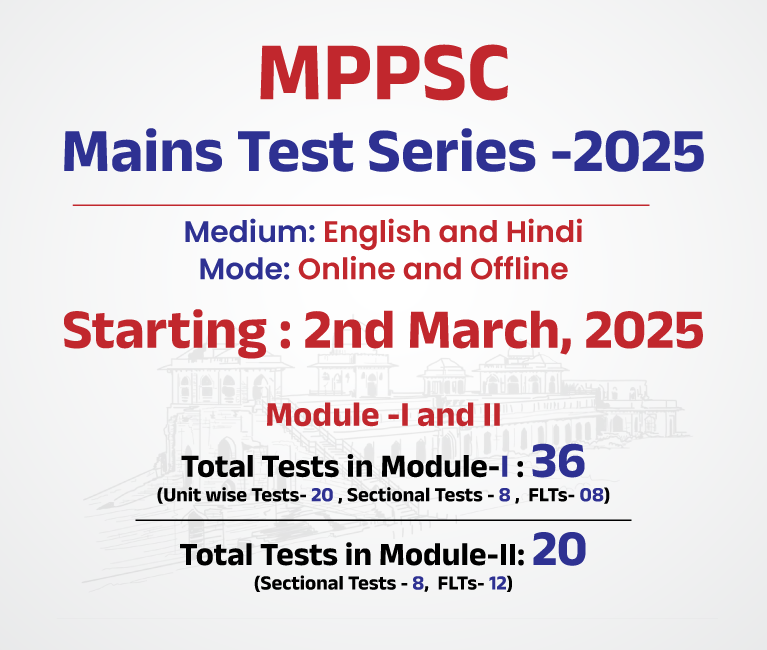
.png)
.png)









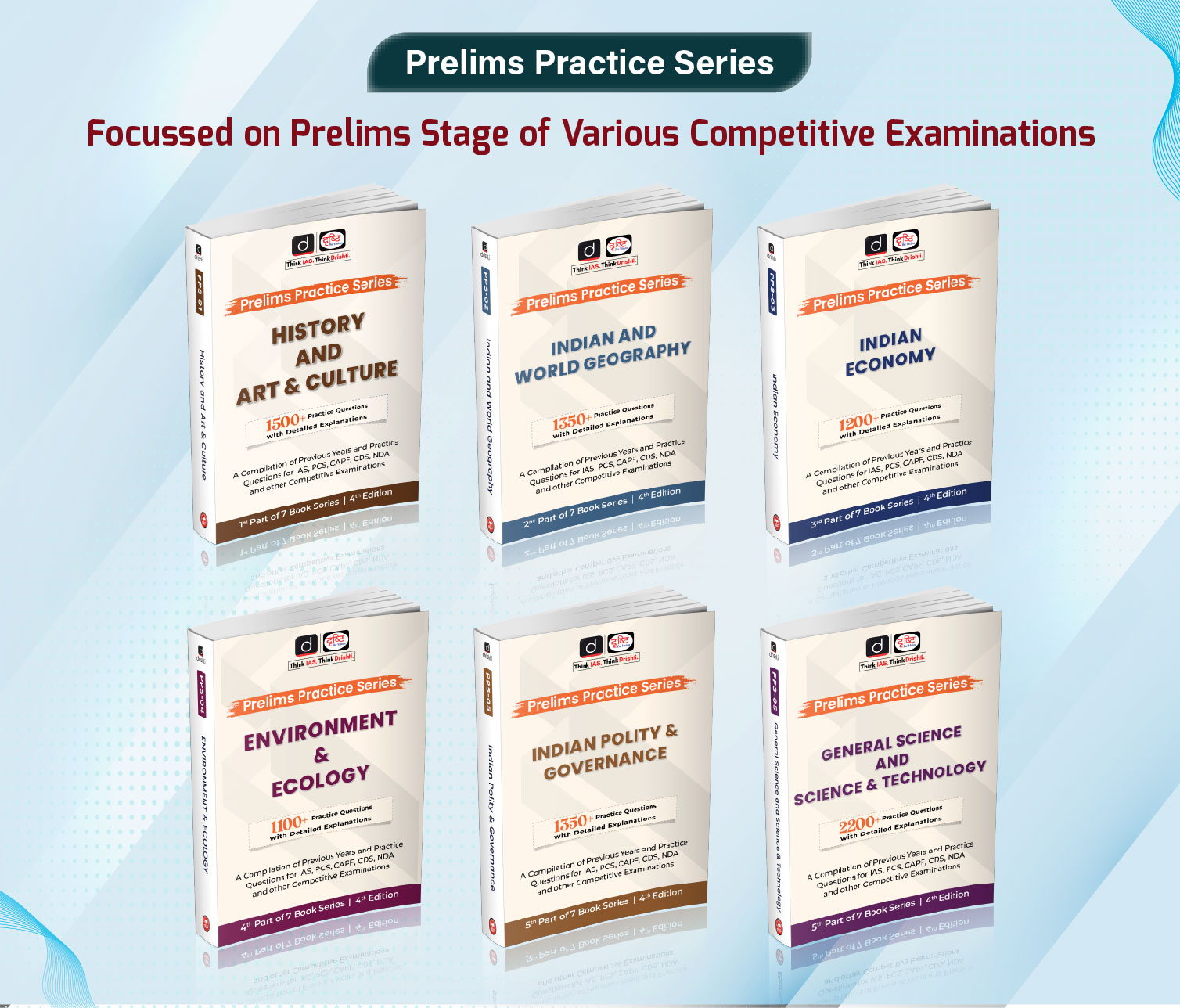

 PCS Parikshan
PCS Parikshan